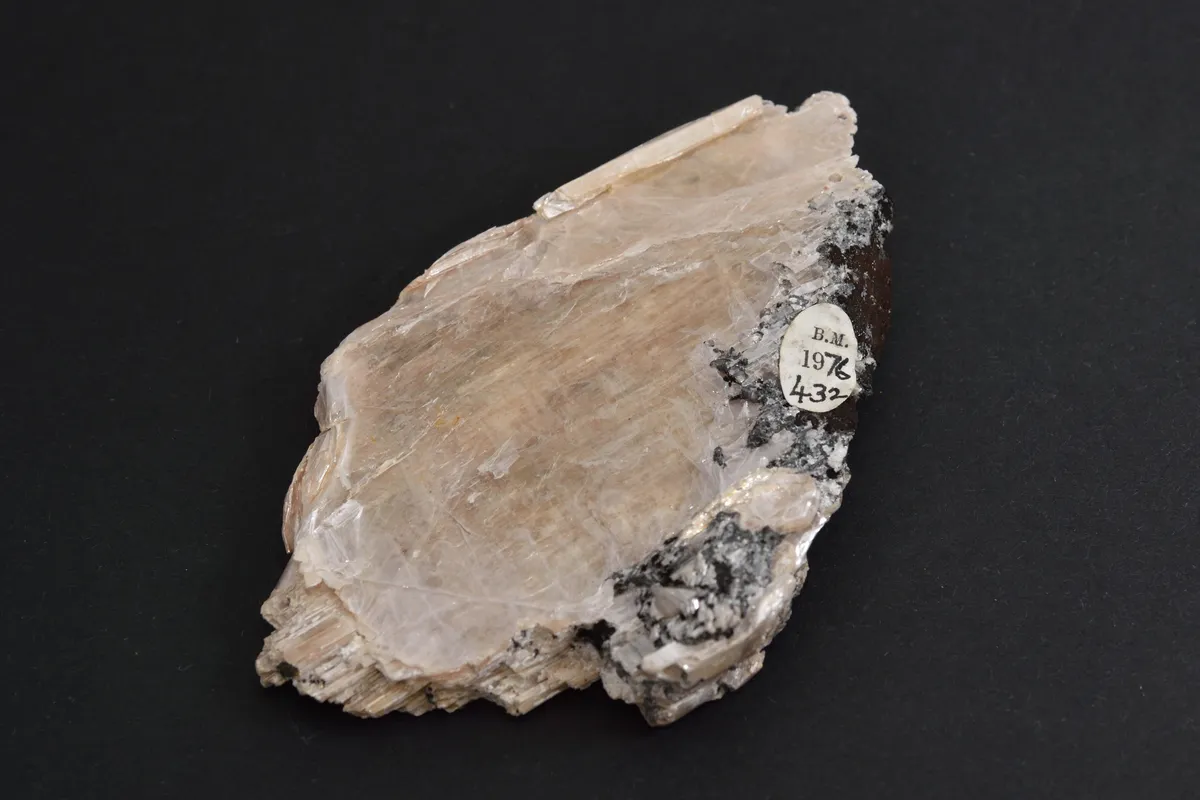
Image Credit: Malcolm Southwood photo; courtesy of the NHM London
Mineral Species
Leiteite
Type Locality
Yes
Composition
ZnAs3+2O4
Crystal System
Monoclinic
Status at Tsumeb
Confirmed (type locality)
Abundance
Somewhat rare
Distribution
Second and third oxidation zones
Paragenesis
Supergene
Entry Number
Species; TSNB210
Type Mineralogy
The discovery of leiteite is credited to Portuguese mineral dealer (and South African resident) Luis Teixeira-Leite (1942-1999). Sometime in the early 1970s, Leite acquired a single specimen from an unknown location in the mine and submitted it for study at the University of Pierre and Marie Curie, in Paris. During this study by Cesbron et al. (1977), another specimen held at the Natural History Museum in London came to light in which the leiteite is associated with schneiderhöhnite. The latter mineral was known from only a single location in the Tsumeb mine at that time (Ottemann et al. 1973), and it was therefore inferred that the new mineral also originated from just below 29 Level, in the second oxidation zone. Leiteite, IMA 1976-026, was described and named for its discoverer by Cesbron et al. (1977). The structure was refined by Ghose et al. (1987). Type material is conserved at the Université Pierre et Marie Curie (ancienne Sorbonne), Paris (catalogue number unknown); the Royal Ontario Museum (catalogue number M34727); the Smithsonian Institution in Washington D.C. (catalogue number 137105) and the Natural History Museum, London (BM.1976,432).
General Notes
Leiteite is a zinc arsenite, in which the arsenic occurs in its As (III) oxidation state, indicating that the mineral forms under conditions of relatively low oxidation potential. Such conditions evidently obtained in parts of the second and third oxidation zones and it is interesting to note that reinerite, another zinc arsenite, was also first discovered just below 29 Level in the second oxidation zone at Tsumeb mine (Geier and Weber 1958).
On the Paris (holotype) specimen, leiteite occurs as cleavable masses of colourless to brown, transparent, micaceous crystals with no discernible crystal forms, associated with only smithsonite and tennantite. The NHM (London) co-type also has schneiderhöhnite and chalcocite in association.
Pinch and Wilson (1977) observed that leiteite "Forms white to reddish-brown, translucent, cleavable masses to a few cm in size associated with tennantite. The cleavages are flexible and sectile similar to gypsum."
Keller and Bartelke (1982; page 145 – Table 1) proposed an extended version of Keller’s (1977) sequence II/4 to illustrate their discussion of the East 9 Pillar 31 Level paragenesis. Leiteite is included in their diagram as an outlier such that its intended position in the sequence is somewhat unclear.
Keller (1984) described leiteite as "extraordinarily rare" and placed it in a paragenesis with other rare minerals brunogeierite, claudetite, ludlockite, schneiderhöhnite and stottite. Further discoveries of leiteite on 29 and 30 levels were associated with reinerite; stottite; zincroselite; tsumcorite; stranskiite and legrandite.
Gebhard (1999) pointed out that the original find of leiteite produced only cleavages and that no well-formed crystals were known. He concurred that leiteite was regarded as an extremely rare mineral until the early 1990s discovery of the so-called "Zinc Pocket" on 44 Level in the third oxidation zone. The Zinc Pocket, however, yielded terminated leiteite crystals, with legrandite, reinerite, and several new associates including ianbruceite and köttigite.
Then, as mining progressed between 44 and 45 levels leiteite became quite abundant, setting new standards for the species in terms of size (to 17 cm) and terminated crystals (Gebhard and Schlüter 1995; Gebhard 1999).
Leiteite is a component of the type assemblages for zincroselite (Keller et al. 1986), stibioclaudetite (Origlieri et al. 2009) and ianbruceite (Cooper et al. 2012).
The mineralogy of leiteite from Tsumeb has been reviewed by Cairncross (2017a).
Associated Minerals
adamite; arsenohopeite; berthierine; bradaczekite (?); brunogeierite; chalcocite; claudetite (?); ianbruceite; johillerite; koritnigite; köttigite; legrandite; ludlockite; ojuelaite; paradamite; prosperite; reinerite; renierite; schneiderhöhnite; siderite; smithsonite; stibioclaudetite; stottite; tennantite-(Fe) (?); tennantite-(Zn); tsumcorite; warikahnite; zincroselite



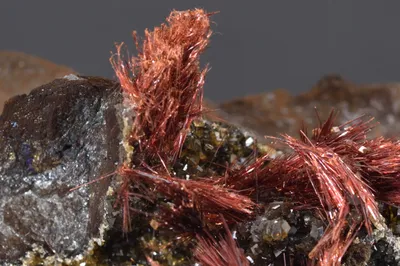
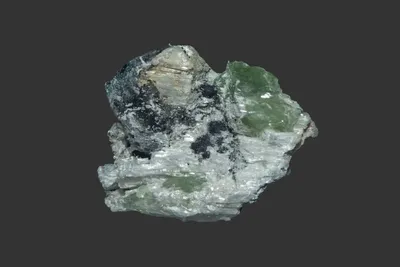
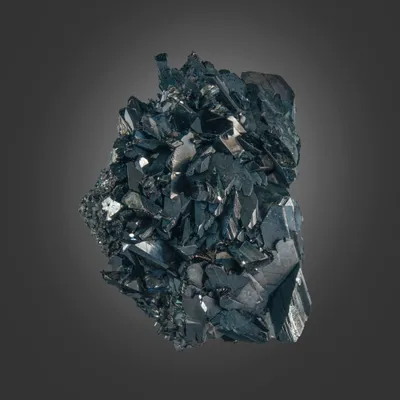
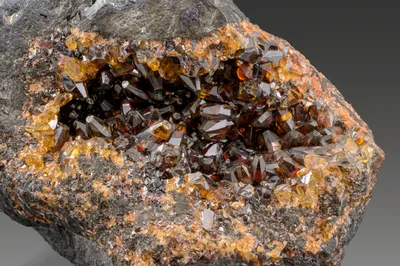
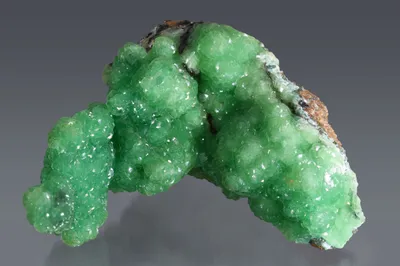
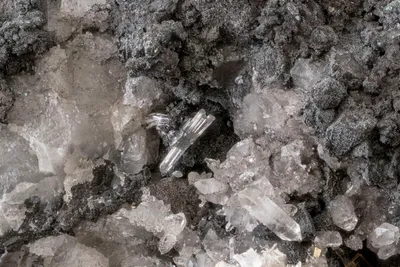

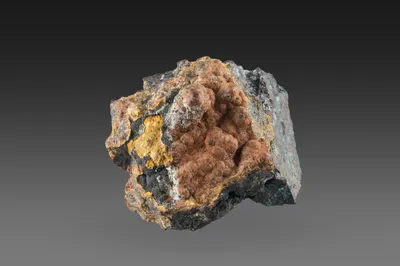
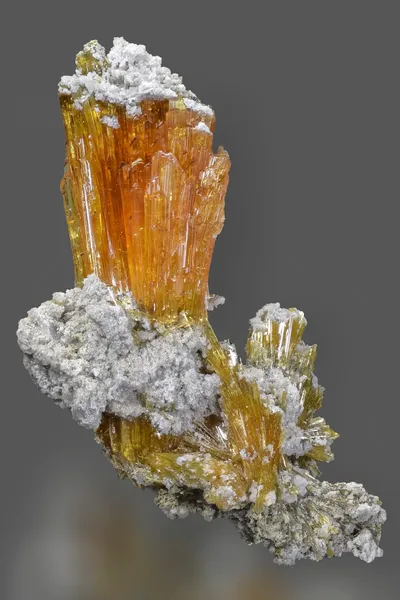
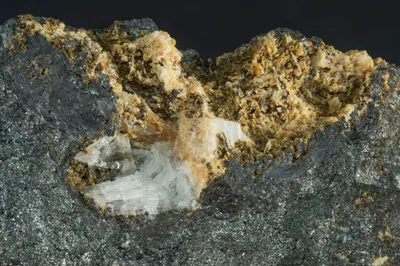
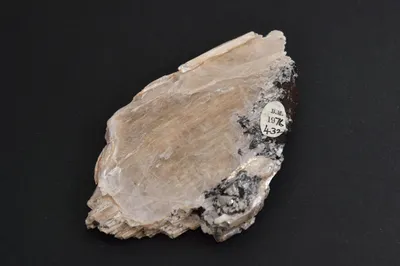

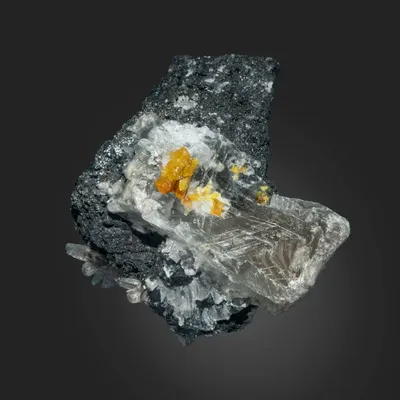
![Leiteite (w. undetermined [GS1 (of Gebhard 1999)])\n\n](/_astro/Exhibit1_MS2014.296_Leiteite_65mm_Southwood.K6nZr65k_Z1Nk06w.webp)